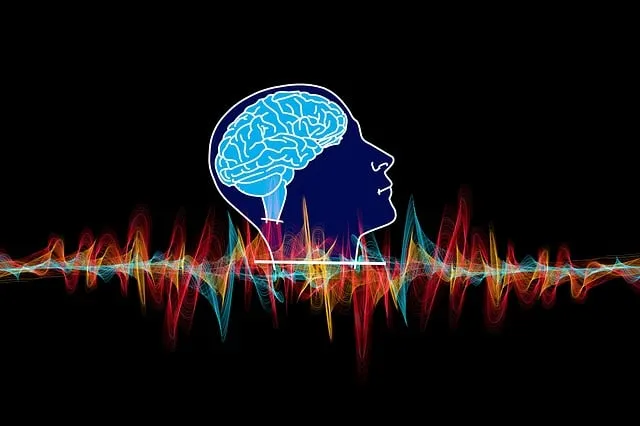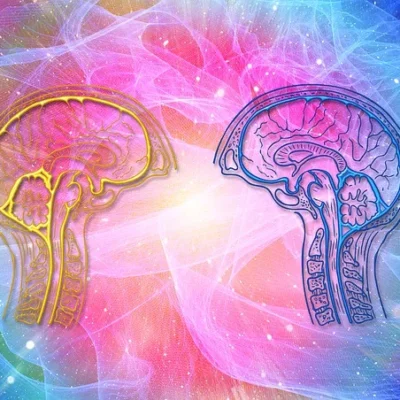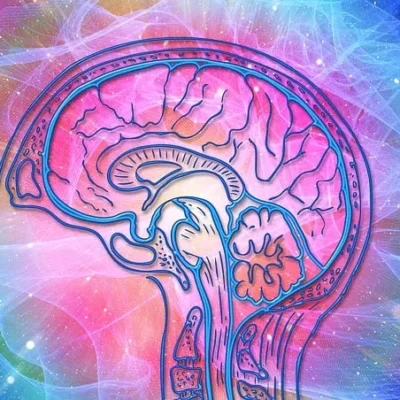
Electroencephalography (EEG), a non-invasive technique used to measure electrical activity in the brain, is a valuable tool in neuroscience and clinical settings. However, it does have its limitations. One of the biggest weaknesses of EEG is its poor spatial resolution. This means that EEG is not able to pinpoint the exact location in the brain where activity is occurring with high precision.
As a result, such methods are based on an a priori hypothesis on the required number of sources. This category refers to artifacts generated by the sensors themselves. Depending on the tasks and on the hardware used, the duration of an M/EEG experiment may vary. This section aims to present the main steps that constitute the data acquisition.
Another weakness of EEG is its susceptibility to artifacts. These artifacts can arise from various sources such as muscle movements, eye blinks, and environmental noise, which can distort the recorded brain signals. This can make it challenging to separate true brain activity from artifacts, leading to potential inaccuracies in the data analysis.
They generate high-frequency activity that propagates to temporal electrodes. In the specific case of MEG, the device consisting in a helmet, it is strongly sensitive to head motion. A possible way to reduce the muscular artifacts is to instruct the subjects to remain as quiet as possible and to avoid moving their jaws. Electroencephalography (EEG) is a method to record an electrogram of the spontaneous electrical activity of the brain. Electrocorticography, involving surgical placement of electrodes, is sometimes called “intracranial EEG”.
Epilepsy centers provide you with a team of specialists to help you diagnose your epilepsy and explore treatment options. This information is not intended to replace the advice of a medical professional. You should always consult your doctor before making decisions about your health. No permission is required from the editors, authors, or publisher to reuse or repurpose content, provided the original work is properly cited.
Furthermore, EEG is limited in its ability to capture deep brain structures. The electrical signals measured by EEG are strongest on the surface of the brain and gradually weaken as they travel deeper into the brain. As a result, EEG may not provide a comprehensive view of activity in deep brain regions, limiting its usefulness in certain research and clinical applications.
In addition to its limitations in spatial resolution and depth sensitivity, EEG is also limited in its ability to detect certain types of brain activity. For instance, EEG is more sensitive to synchronous neural activity, meaning it may miss out on detecting asynchronous or sparsely distributed brain signals. This can restrict the insights that EEG can provide into certain cognitive processes or neurological disorders.
Despite these weaknesses, EEG remains a valuable tool for studying brain activity due to its affordability, portability, and temporal resolution. By recognizing its limitations and combining EEG with other imaging techniques such as fMRI or MEG, researchers and clinicians can overcome some of these weaknesses and gain a more comprehensive understanding of brain function.
Clinical interpretation of EEG recordings is most often performed by visual inspection of the tracing or quantitative EEG analysis. An EEG is a test that detects abnormalities in your brain waves, or in the electrical activity of your brain. During the procedure, electrodes consisting of small metal discs with thin wires are pasted onto your scalp. The electrodes detect tiny electrical charges that result from the activity of your brain cells.
Figures, tables, and images included in this work are also published under the CC BY-NC-SA license and should be properly cited when reused or repurposed. Enter search terms to find related medical topics, multimedia and more. Inexpensive EEG devices exist for the low-cost research and consumer markets.
In the case of wet electrodes, the experimenter has to inject gel at each sensor location. Once the impedances are lower than a certain threshold, typically a few kOhms, then the experiment can start. Regarding MEG, the experimenter places head-tracking coils to measure the head position before each recording. It helps preventing from large head movements that could lead to motion artefacts and error in the localization of source activity. The locations of fiducial points (nasion, left and right preauricular points) are registered. The subject is then placed in the magnetic shielding room after taking off all the elements that could generate magnetic interference with the device (e.g., jewels, belt).




